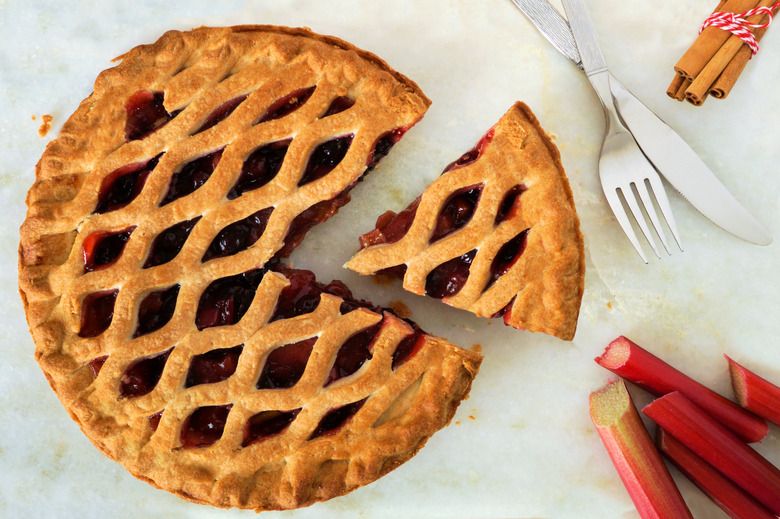How To Tell That A Number Is Rational
A rational number is, as the name implies, any number that can be expressed as a ratio, or fraction. The number 6 is rational number because it can be expressed as 6/1, though this would be unusual. 4.5 is a rational number, as it can be represented as 9/2.
Many important numbers in mathematics, however, are irrational, and cannot be written as ratios. These include pi, or π, which is the ratio of the circumference of a circle to its diameter and is equal to 3.141592654...; and the square root of 5, equal to 2.236067977... The trailing dots indicate an infinite, non-repeating series of digits to the right of the decimal point.
A number of methods exist for determining whether a number is rational.
Can the Number Be Expressed as a Fraction or a Ratio?
Can the Number Be Expressed as a Fraction or a Ratio?
Any number that can be written as a fraction or a ratio is a rational number. The product of any two rational numbers is therefore a rational number, because it too may be expressed as a fraction. For example, 5/7 and 13/120 are both rational numbers, and their product, 65/840, is also a rational number. (65/140 reduces to 13/28, but this is not vital for present purposes.)
Is the Number a Whole Number?
Is the Number a Whole Number?
This is less trivial than it may seem, because it is easy to forget that whole numbers (... −3, −2, −1, 0, 1, 2, and so on) can be written as fractions with a denominator of 1, e.g., −3/1, −2/1, and so on.
Does the Number Include a Repeating Series of Digits After the Decimal Point?
Does the Number Include a Repeating Series of Digits After the Decimal Point?
Importantly, some numbers that contain an infinite sequence of numbers to the right of a decimal sign are rational; the key is that this must include a repeating sequence. For example
\(0.444444... = \frac{4}{9} \text{ and } 0.285714285714... = \frac{2}{7}\)
The repeating segment is often signified by a bar over the repeating portion:
\(0.444444... = 0.\bar{4} \text{ and } 0.285714285714... = 0.\overline{285714}\)
Is the Number the Square Root of an "Imperfect" Square?
Is the Number the Square Root of an "Imperfect" Square?
Most numbers that are expressed as square roots are irrational numbers. The exceptions are so-called perfect squares, which are the squares of whole numbers (02 = 0, 12 = 1, 22 = 4, 32 = 9, 42 = 16, e.t.c.).
References
Cite This Article
MLA
Beck, Kevin. "How To Tell That A Number Is Rational" sciencing.com, https://www.sciencing.com/tell-number-rational-8334976/. 8 December 2020.
APA
Beck, Kevin. (2020, December 8). How To Tell That A Number Is Rational. sciencing.com. Retrieved from https://www.sciencing.com/tell-number-rational-8334976/
Chicago
Beck, Kevin. How To Tell That A Number Is Rational last modified March 24, 2022. https://www.sciencing.com/tell-number-rational-8334976/
